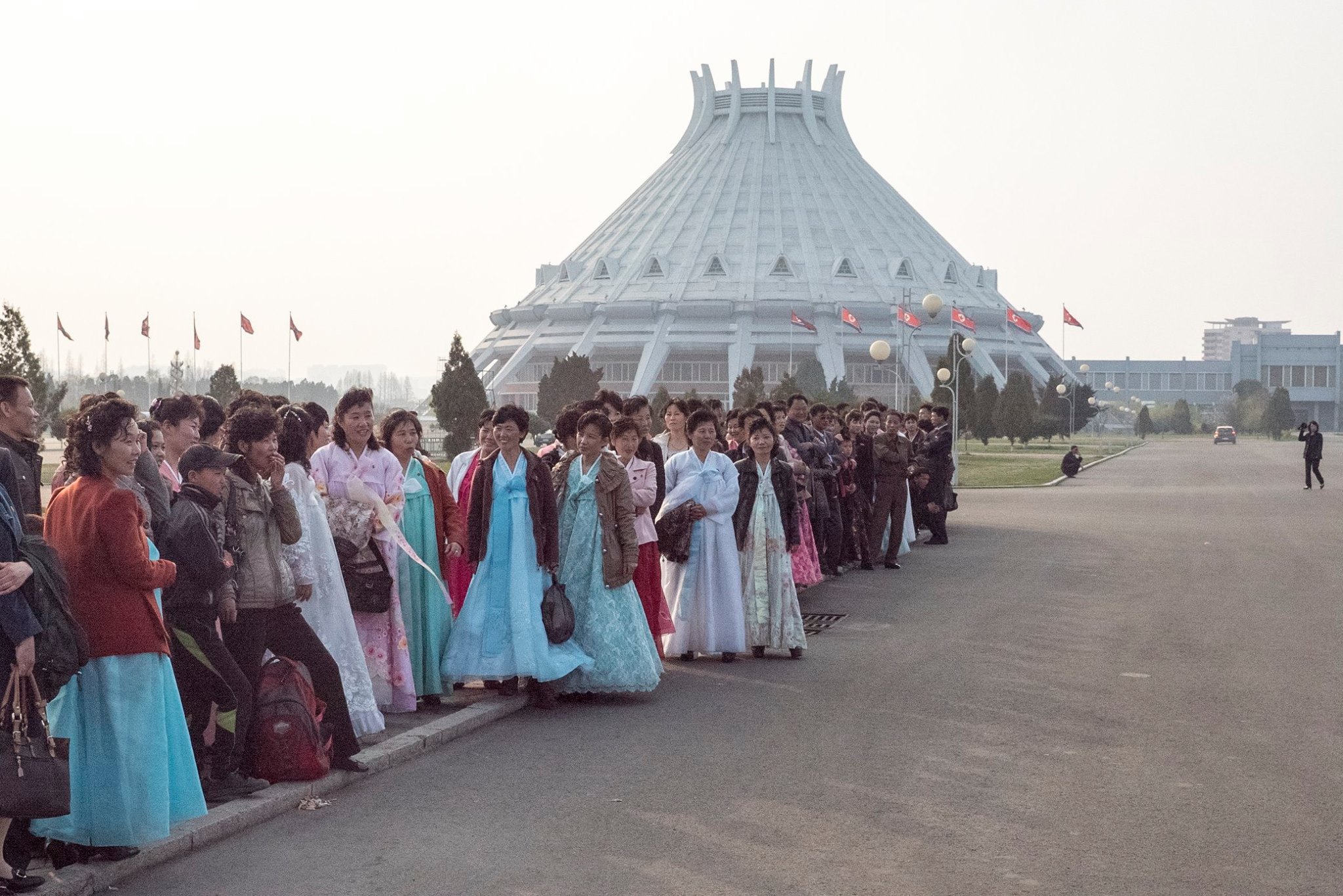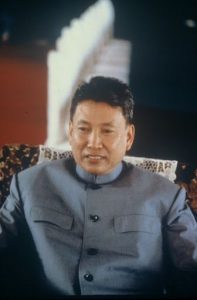Dictator Swagger:
On This Day
April 15, 1912 – Pyongyang, Korea: Kim Il Sung, the man who would become North Korea’s Great Leader, is born Kim Song Ju during the Japanese colonial occupation of Korea. In the 1920s, Kim’s family relocated to Manchuria to either escape famine (non-North Korean history) or take part in revolutionary activities (North Korean official history). While in Manchuria, young Kim took up arms in the struggle against the Japanese and assumed the nom de guerre “Kim Il Sung” (“become the Sun”). Most historians agree that while North Korean propagandists have exaggerated Kim Il Sung’s contributions to the resistance, many have attested to his position as a guerrilla leader – including former Japanese officers.
By the end of WWII, Kim Il Sung was an officer in the Russian Army and returned to Korea in 1945. Propped up by the Soviet Union as the North’s answer to the Western-backed Republic of Korea (ROK) in the South, Kim Il Sung was installed as the Premier of the Democratic People Republic of Korea (DPRK), better known today as North Korea. Kim served as Premier from 1948 to 1972 and then as President from 1972 until his death in 1994. Much can be and has been said about the history of the North Korean state, but for the purposes of this post, we will focus on the country’s biggest holiday: Day Of The Sun.
What is the Day Of The Sun? If you guessed the DPRK’s answer to Christmas, you are correct! Believe it or not, during the first two decades of Kim Il Sung’s leadership, the Kim dynasty did not enjoy the intense personality cult for which it is known today. In fact, April 15 was designated an official holiday in 1968 following a major push by the Propaganda and Agitation Department of the Korean Workers’ Party, then headed by Kim Il Sung’s son Kim Jong Il (aka the Dear Leader).
The push to elevate Kim Il Sung from a benevolent leader to a God-like figure was the result of the Kapsan Faction Incident. The Kapsan Faction incident was an attempt by former fighters of the anti-Japanese struggle, now in prominent government positions, to pass economic reforms which countered Kim Il Sung’s agenda, as well as significantly reduce Kim Il Sung’s cult of personality and officially designate one of their own as Kim Il Sung’s successor. A purge ensued which saw the members of the Kapsan Faction executed, exiled or imprisoned. To further strengthen Kim Il Sung’s grip on power, Kim Jong Il introduced a number of directives which are now synonymous with North Korea today. In addition to making April 15 a national holiday, these directives included the distribution of badges bearing Kim Il Sung’s image, an obligation to quote Kim Il Sung in meetings, and the designation of the word suryong (“leader”) as a reference only to Kim Il Sung.
The April 15 holiday was later dubbed the Day Of The Sun in 1997, three years of Kim Il Sung’s death. On this holiday is customary for Koreans to visit and lay flowers at revolutionary sites, such as Kim Il Sung’s birthplace at Mangyongdae, and the thousands of statues of the Great Leader which dot the country. Following Kim Il Sung’s death in 1994, the Kumsusan Palace of the Sun, where Kim Il Sung – still technically reigning as Eternal President of the DPRK – lies in state à la Mao Zedong, Ho Chi Min, and Lenin. After paying tribute to the Great Leader, DPRK citizens often enjoy picnics, parties, mass dances and fireworks displays. The government also provides its citizens with packages containing luxury items such as candy, liquor, clothes and other staples.
Pictured Here: North Korean citizens lining up to participate in a mass dance in central Pyongyang, April 15, 2015. Photo by Author.


